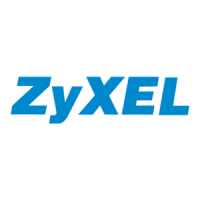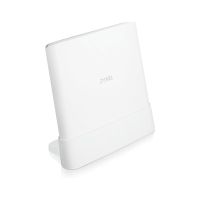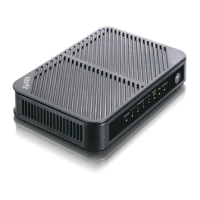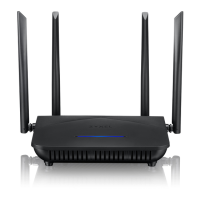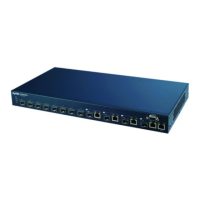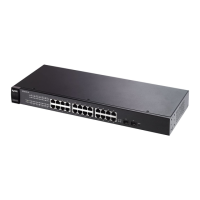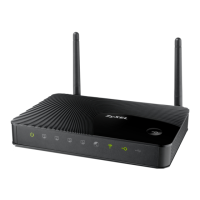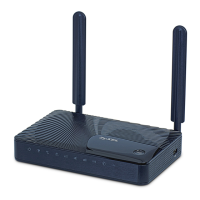Chapter 25 Voice
AX/DX/EX/PX Series User’s Guide
435
The following table shows the SIP call progression.
1 User Agent 1 sends a SIP INVITE request to Proxy 1. This message is an invitation to User Agent 2 to
participate in a SIP telephone call. Proxy 1 sends a response indicating that it is trying to complete the
request.
2 Proxy 1 sends a SIP INVITE request to Proxy 2. Proxy 2 sends a response indicating that it is trying to
complete the request.
3 Proxy 2 sends a SIP INVITE request to User Agent 2.
4 User Agent 2 sends a response back to Proxy 2 indicating that the phone is ringing. The response is
relayed back to User Agent 1 through Proxy 1.
5 User Agent 2 sends an OK response to Proxy 2 after the call is answered. This is also relayed back to User
Agent 1 through Proxy 1.
6 User Agent 1 and User Agent 2 exchange RTP packets containing voice data directly, without involving
the proxies.
7 When User Agent 2 hangs up, he sends a BYE request.
8 User Agent 1 replies with an OK response confirming receipt of the BYE request, and the call is
terminated.
Voice Coding
A codec (coder/decoder) codes analog voice signals into digital signals and decodes the digital
signals back into analog voice signals. The Zyxel Device supports the following codecs.
• G.711 is a Pulse Code Modulation (PCM) waveform codec. PCM measures analog signal amplitudes
at regular time intervals and converts them into digital samples. G.711 provides very good sound
quality but requires 64 kbps of bandwidth.
Table 160 SIP Call Progression
UA 1 PROXY 1 PROXY 2 UA 2
Invite
Invite
100 Trying Invite
100 Trying
180 Ringing
180 Ringing
180 Ringing
200 OK
200 OK
200 OK
ACK
RTP RTP
BYE
200 OK
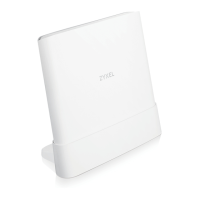
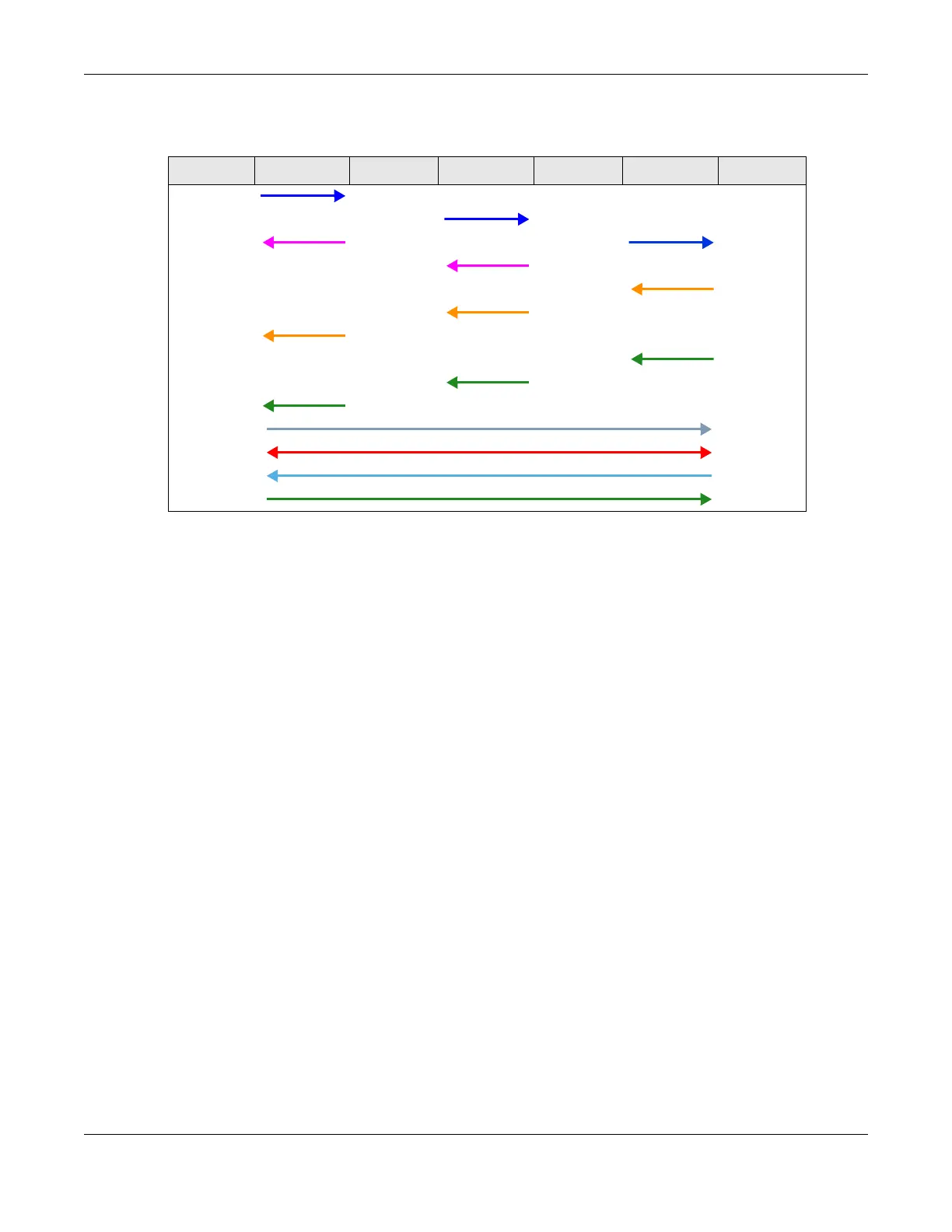